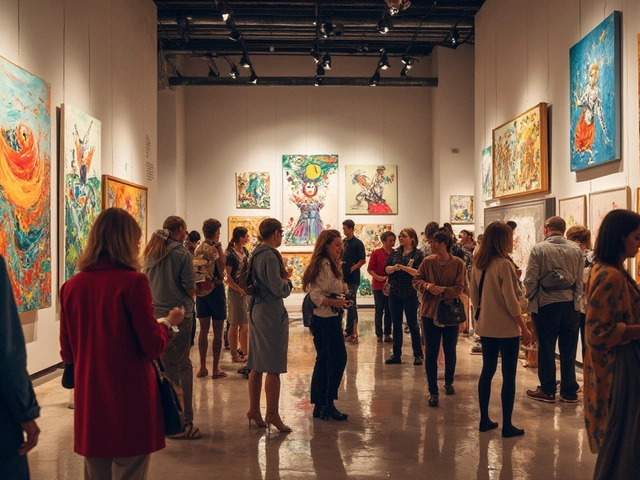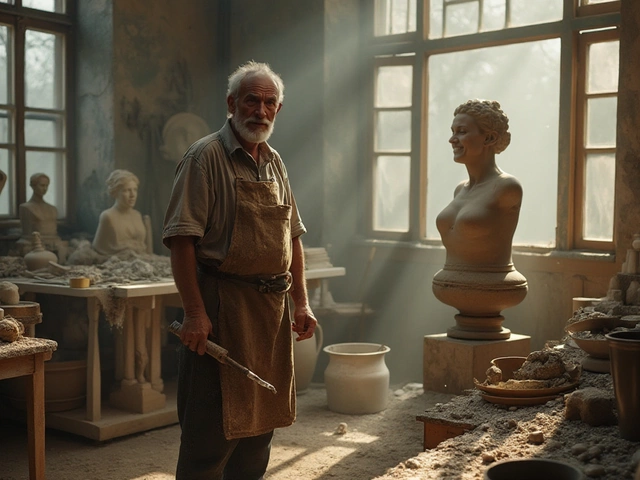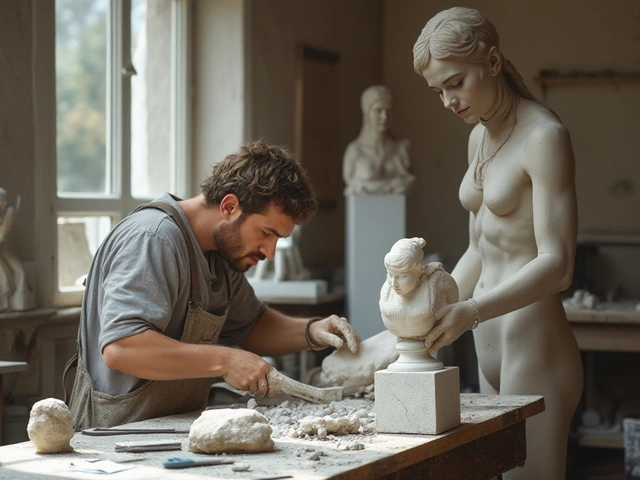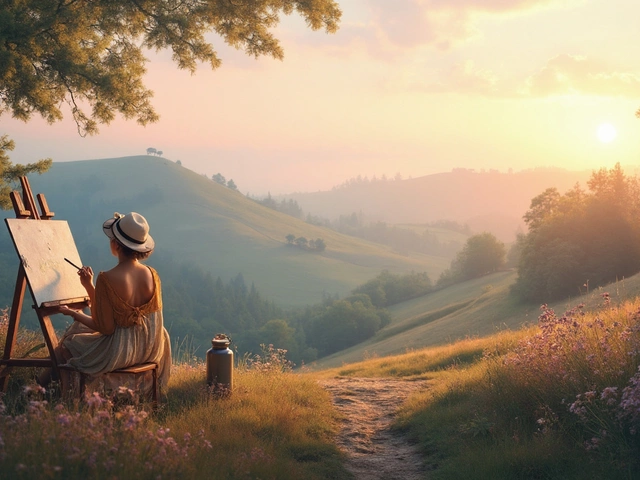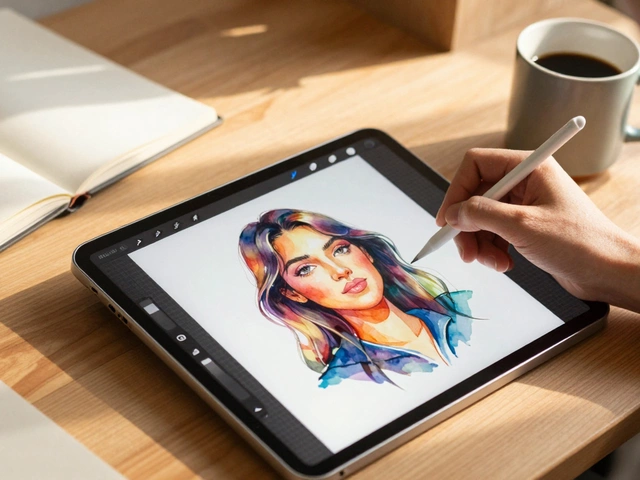Creative Expression in Art and Design
When working with creative expression, the act of turning ideas into visual, auditory or tactile forms. Also known as artistic expression, it fuels everything from a quick sketch to a massive public installation. Creative expression thrives on imagination, technique and the right tools, and it often overlaps with digital art, art created or enhanced using computers, tablets and software, landscape painting, the tradition of portraying natural scenery on canvas or board and abstract art, non‑representational work that focuses on color, shape and texture. These forms share a core belief: art should communicate feeling, not just copy reality.
How Different Mediums Shape Creative Expression
Digital art pushes the boundaries of speed and reach. Artists can sell NFTs, post prints on print‑on‑demand sites, or run subscription services—all ways to monetize digital creations, online artworks that can be reproduced infinitely. That financial angle feeds back into the creative loop, letting creators experiment without worrying about material costs.
Landscape painting, on the other hand, ties the artist to place. By placing figures in scenery, painters tell stories about human interaction with the environment. This tradition dates back centuries, yet modern painters still use it to comment on climate, tourism or personal memory. The technique requires mastering perspective, light and atmospheric mood – skills that directly boost an artist’s overall expressive toolkit.
Abstract art flips the script. While it might look like chaos, it follows hidden rules of composition, rhythm and contrast. Understanding those guidelines lets artists channel raw emotion into coherent visual language. When you combine abstract principles with digital tools or landscape themes, you get hybrid works that feel fresh and deeply personal.
All three—digital, landscape and abstract—connect through modern art principles, ideas like minimalism, conceptualism and mixed media that guide contemporary creators. Those principles shape how artists choose materials, plan compositions and engage audiences. They also influence how museums negotiate fees, how musicians design tour visuals, and even how teachers introduce art in classrooms.
Below you’ll find a curated selection of articles that break down each of these angles. Whether you want practical steps for turning sketches into digital assets, tips for blending figures into landscapes, or a myth‑busting look at abstract rules, the posts ahead cover the full spectrum of creative expression. Dive in and discover how the right blend of technique, technology and tradition can sharpen your own artistic voice.
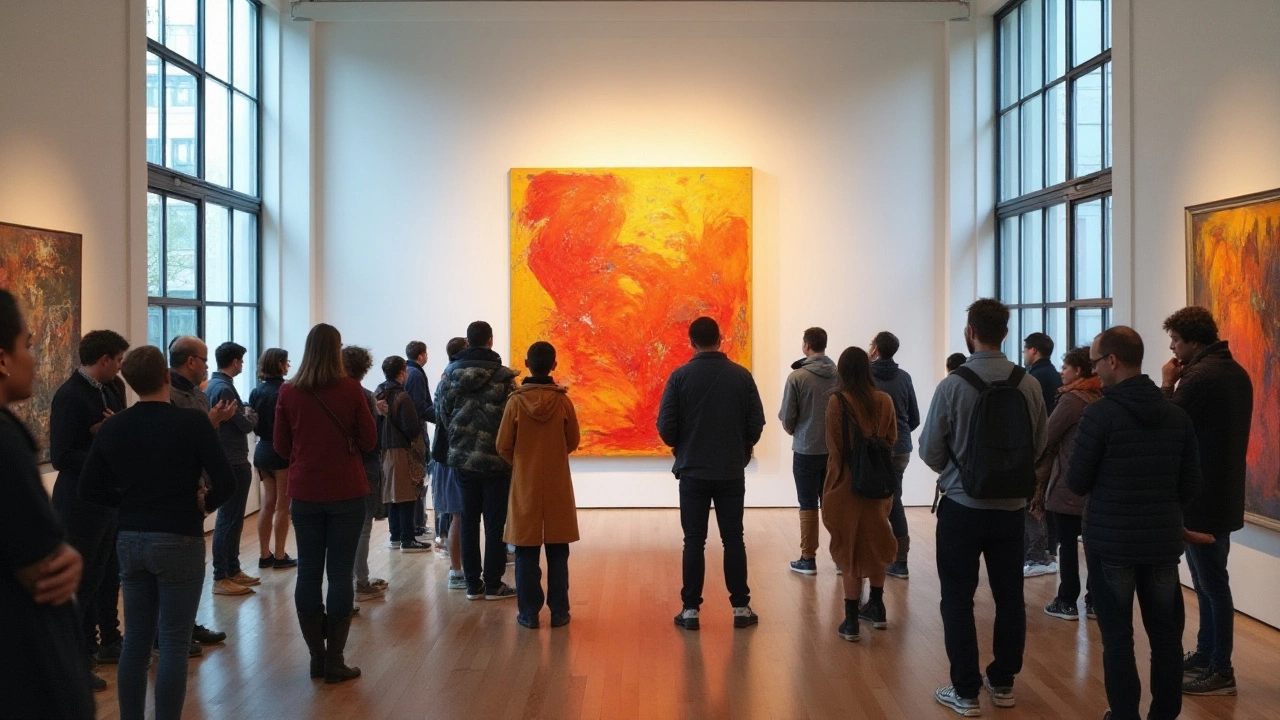
Abstract art captivates audiences by transcending the boundaries of traditional realism and offering a unique form of creative expression. By engaging the viewer's imagination and emotions, abstract pieces invite personal interpretation, making each observer's experience distinct. The allure of abstract art lies in its ability to evoke feelings and provoke thought without concrete representation, allowing people to connect with art on a deeply personal level. This article delves into the reasons behind the attraction to abstract art and provides insights into this intriguing form of artistic expression.
